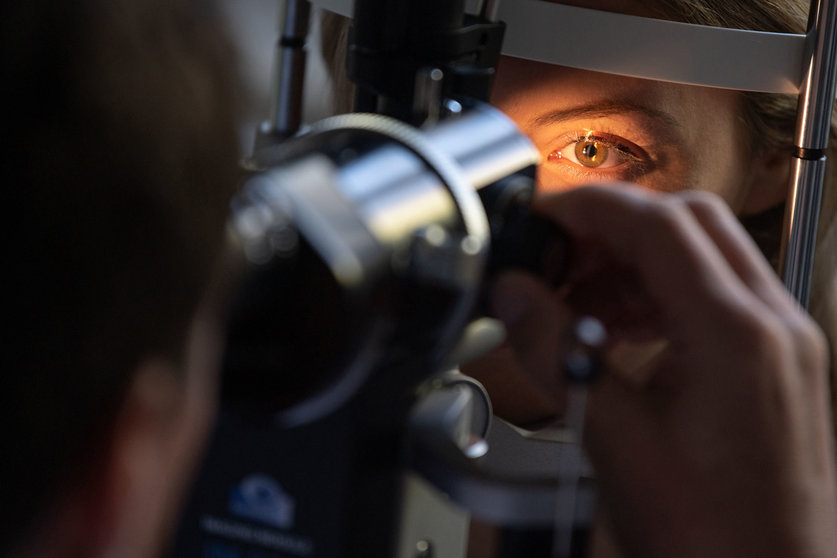Eye problems are a normal part of aging. The important thing is to differentiate between regular eye problems and those that are more serious, although the symptoms can be similar.
Often, older people lose the ability to see clearly at close hand and at a distance, as their retinas grow less sensitive.
But regular checkups at the ophthalmologist are a good idea to identify cataracts, glaucoma and age-related macular degeneration early on.
Cataracts are inevitable, says Martin Spitzer, director of the ophthalmology clinic at the University Medical Center Hamburg-Eppendorf.
They often start when people hit their 60s, although they can also affect people who are short-sighted or diabetic, as well as anyone regularly taking cortisone.
Surgery can correct cataracts, even on an outpatient basis and with only a local anaesthetic, although there's a greater risk of retinal detachment, particularly in younger and short-sighted patients.
Glaucoma often affects those whose eye pressure is too high. The worrying thing is that often, sufferers won't be aware of a problem, says Hans Hoerauf, director of the Ophthalmology department at the University Medical Center Goettingen.
The disease cannot be cured but eye drops reducing pressure in the eye can limit the damage. Laser therapy and operations can also help.
Checkups every five years
Experts recommend that healthy people over 40 without previous conditions have checkups every five years to diagnose early glaucoma. Checkups every two or three years are advised for the over 60s. The sooner glaucoma is diagnosed, the more of the optic nerve can be saved.
In age-related macular degeneration (AMD) the centre of the retina changes, and here, too, this is not noticeable in the disease's early phase, says Spitzer.
Self-testing can help, says Hoerauf. Look regularly at a tool called the Amsler grid or, for example, look at the joints between the bathroom tiles with one eye each and see whether they look straight. If they're distorted, consult a doctor as soon as you can.
Two forms of macular degeneration
There are two forms of AMD, dry and moist. The dry forms slowly leads to a loss of reading ability as deposits form under the macula. This form cannot be cured, says Angelika Ostrowski of the German Association for the Blind and Visually Impaired (DBSV).
Moist AMD, when vessels grow under the retina, progresses more quickly. "Without treatment it leads to much greater damage," says Hoerauf. Drugs can inhibit growth, draining the AMD but are not a cure. However, slowing down the process allows people to retain their vision for longer.












